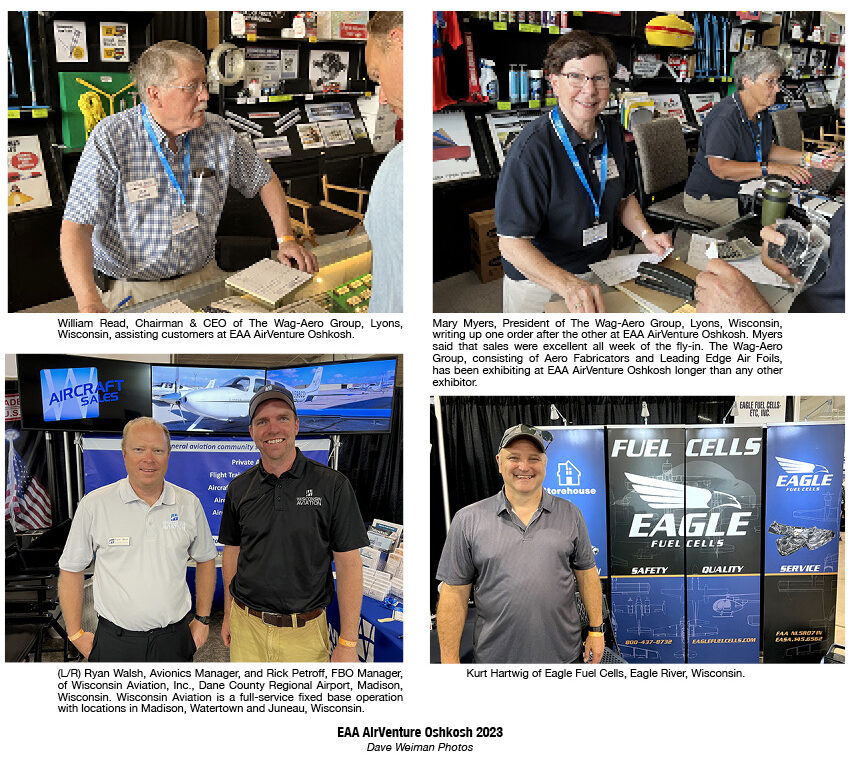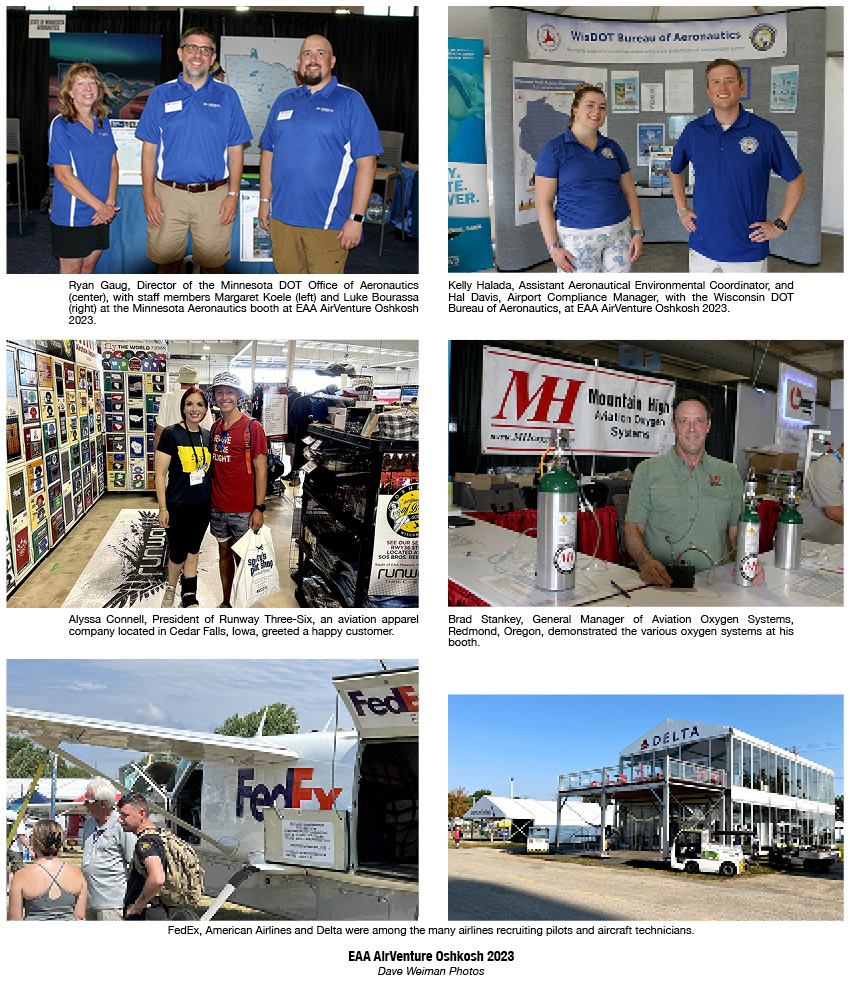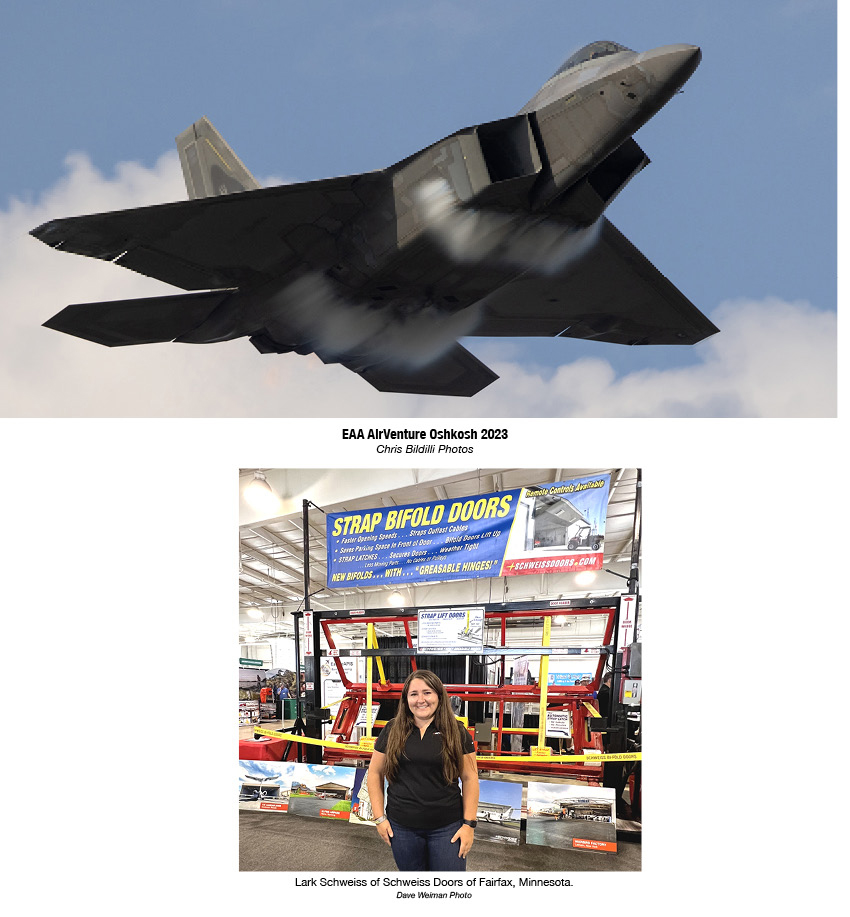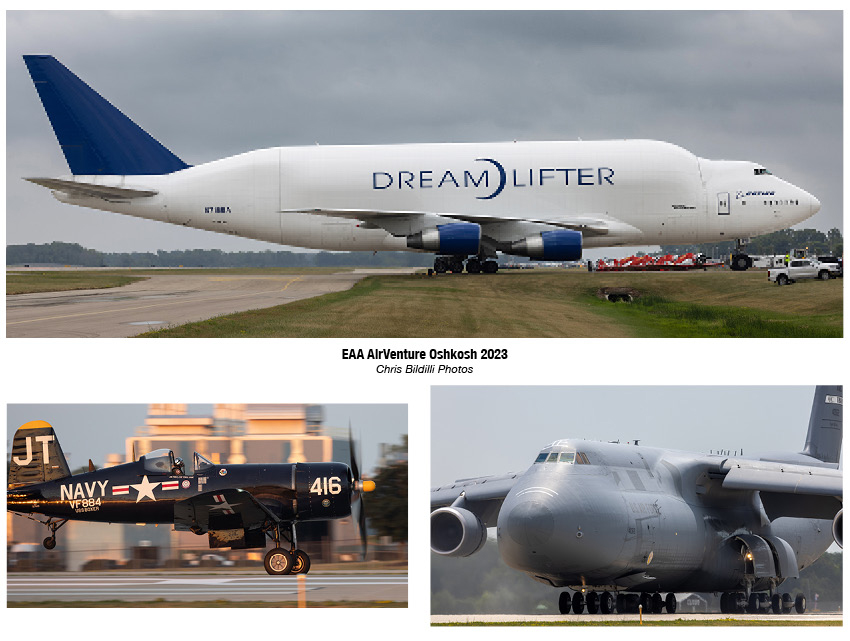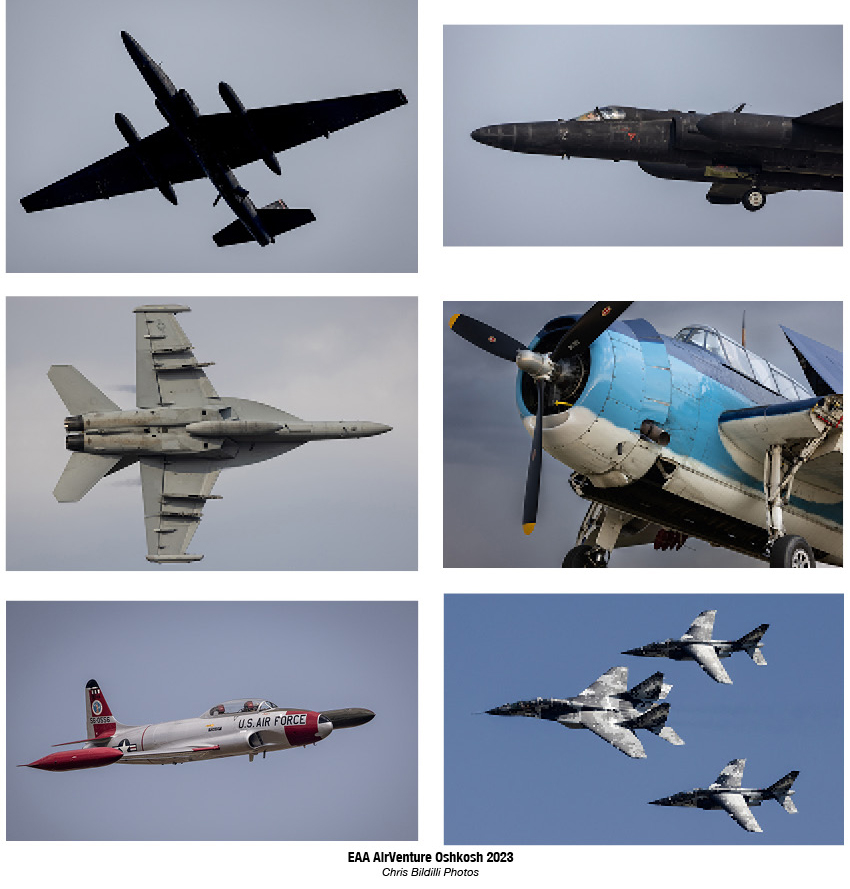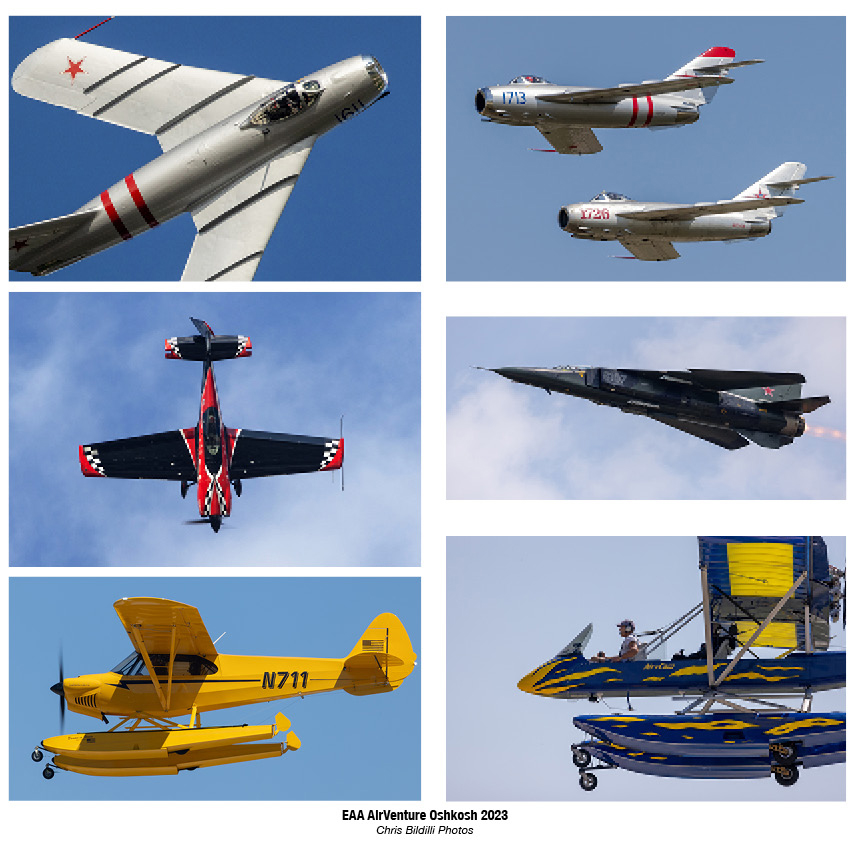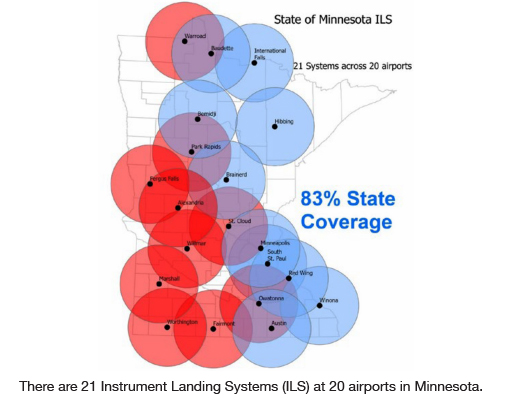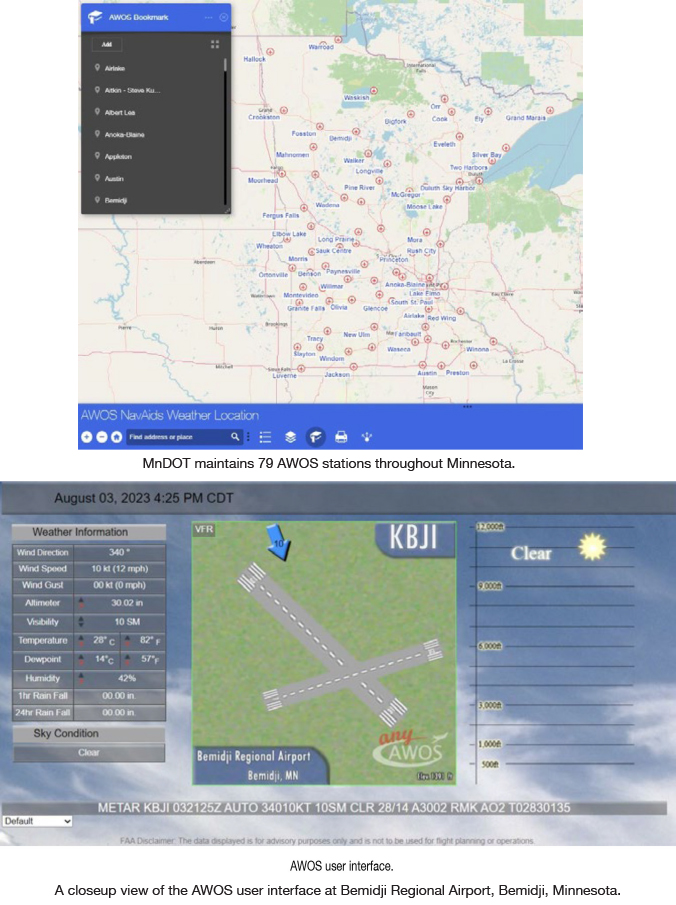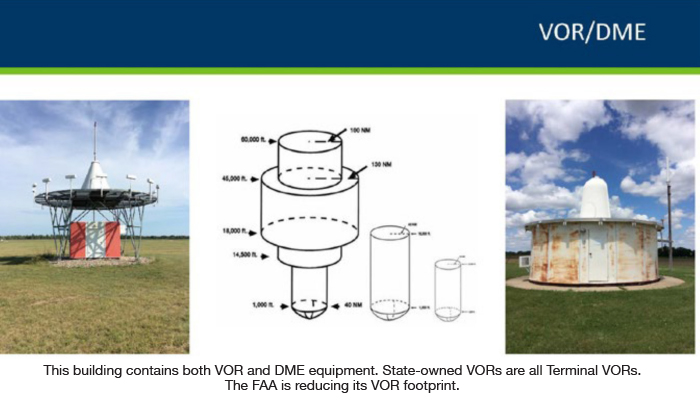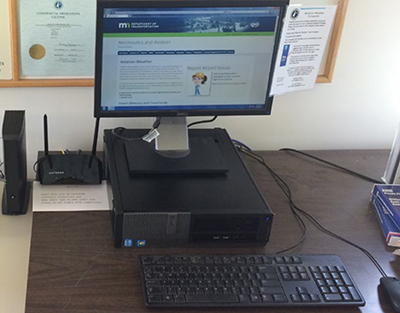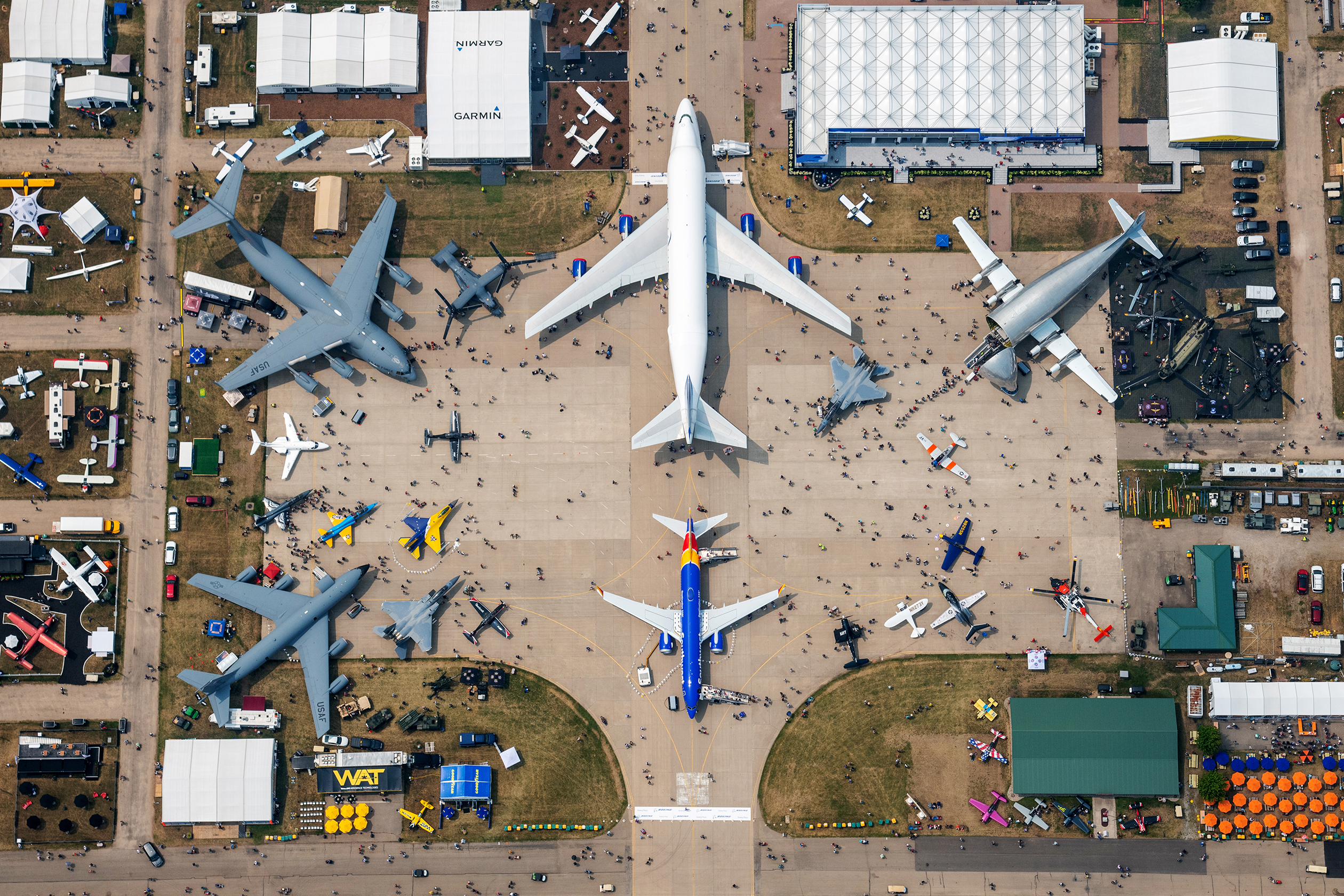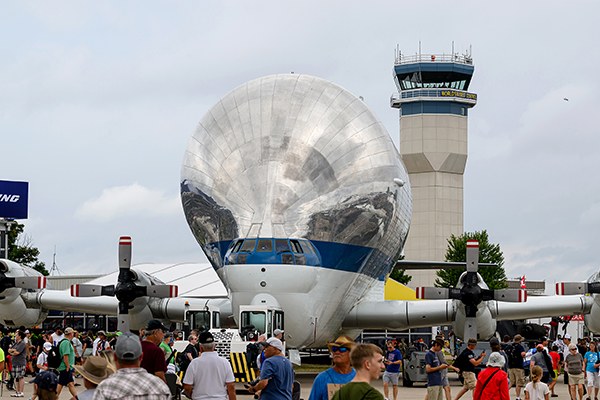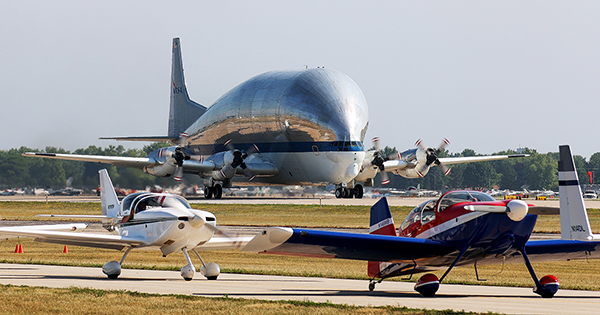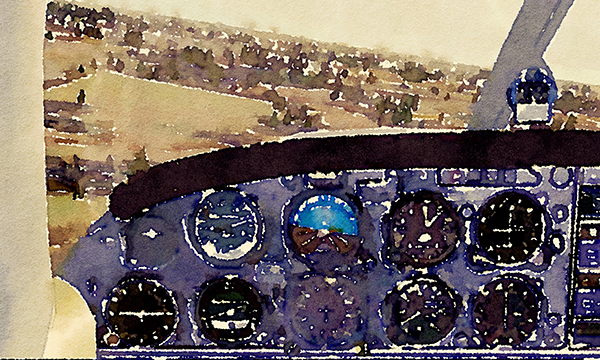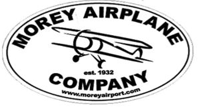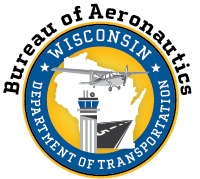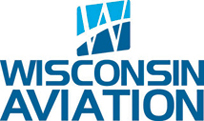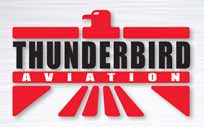by Diane Earhart
© Copyright 2023. All rights reserved!
Published in Midwest Flyer Magazine October/November 2023 Digital Issue
Checklists are good. You should use them. But what do you do when something happens for which there is no checklist?
What do you do when there’s a catastrophic engine failure on a Boeing DC-10 that cuts through hydraulic lines? Al Haynes knows. Haynes (August 31, 1931 – August 25, 2019) flew for United Airlines, and on July 19, 1989, was the captain of United Airlines Flight 232 which crashed in Sioux City, Iowa. Using his ingenuity and skill as a pilot, Haynes managed to control the aircraft by alternating the thrust in both engines, keeping it in a slow, circling descent for more than 40 minutes. Haynes worked with air traffic controllers to find a place to put the plane down, eventually deciding on Sioux City’s Gateway Airport. The plane crashed and exploded and 112 people died, but 184 people lived.
What do you do when a flock of geese goes through both engines?
Chesley Burnett “Sully” Sullenberger III knows. He is best known for his actions as the captain of US Airways Flight 1549 in which he and his copilot, Jeff Skiles, ditched an Airbus A320 in the Hudson River in 2009 shortly after taking off from LaGuardia, having lost all engine power. The 155 people aboard survived.
You take what you know, add two and two together, and come up with an answer that makes sense. You figure it out.
I had recently become current after more than two decades of inactivity following two decades of flying and flight instructing a lot. I was flying a Cessna 150 with a fresh annual after several years of inactivity. What could possibly go wrong? More than half of my scant couple thousand hours are in Cessna 150s and 152s. It’s an airplane I call “home.”
I departed St. Louis Downtown Airport mid-morning on a cloudless day with light winds and pointed the airplane south for a 200-mile flight to West Memphis Municipal Airport (KAWM), where I would deliver the aircraft to its new owner. I could fly classic IFR – “I Follow Roads AND a River!” I opted for pilotage with a paper sectional.
I wasn’t far outside the Class D airspace when I realized the directional gyro (DG) was deviating a lot. And I define “a lot” as 90 degrees every 5 to 10 minutes. I guess I’d be flying to Memphis using the magnetic compass. Less than ideal, but not a problem. The little airplane kept trying to drift to the left along the yaw axis. I would be fighting the heading for the next couple hours. Luckily, my course was almost straight south, so following section lines would help me stay on course.
The sun was in my eyes just enough to bounce off some haze to thwart a lot of forward visual reference points. Not that there are a lot of visual checkpoints over the flat farmlands of southern Illinois and Missouri. The King/Bendix wasn’t giving me enough range to pick up Flight Following, so I was on my own with a paper sectional and a VOR.
I tracked my progress using radials off the Farmington VOR. I was on course on the 155-degree radial, following the pencil course line I had drawn on my paper sectional. A few minutes later, I checked again, and I was on the 160-degree radial. Jeepers, could I go much slower?
The DG, the sun, the haze, the drift. It was starting to almost not be fun. Almost. It was still fun, but it was becoming annoying.
Rural Missouri is full of towns that are little more than a wide spot in the road, depicted on the sectional as merely a circle. Almost impossible to distinguish one from another from 3000 feet (which in this area is in the neighborhood of 2500 feet AGL). I could verify which VOR radial I was on, but not WHERE along that radial I was.
Meanwhile, I had been monitoring the engine instruments. The four that are standard equipment in any little Cessna I’ve flown: oil temperature, oil pressure, left fuel tank, right fuel tank. The C150/152 only has a fuel selector for on or off, unlike C172s and bigger Cessnas that have a left, right, or both option. Theoretically, the C150 will draw from both tanks, more or less evenly. My little homegirl nicknamed “Homey” wasn’t. The left tank was showing significantly lower fuel quantity than the right tank. By the time the left tank was indicating a quarter tank or less, and the right tank was still showing full, I was concerned. If I could have selected the right tank for a while, I would have, but I couldn’t. I tapped on the fuel gauge. I knuckled it a little harder. No change.
In nearly 50 years of flying, I’d never specifically been taught what to do when fuel flows very unevenly. There’s no checklist for this that I am aware of. So it was time to add two and two together.
• Two: I could keep going and trust the fuel gauges were inaccurate. They only have to be accurate on full and empty. When the left tank shows empty, I’ll know for sure.
• Two: I could keep flying until the left tank ran dry and trust the right tank would start flowing.
• Two: I could keep flying and prepare for landing on a road or field somewhere further south.
• Two: I could land and figure it out.
According to my paper sectional, I should be approximately equidistant between the Missouri airports of Poplar Bluff and Dexter. Time for another decision.
• I could keep flying until I see an airport. Good enough idea, but it wouldn’t be the first time in 50 years I’d flown past one without seeing it.
• I could take it on faith that I was on my pencil course and give a name to one of those wide spots in the road.
• I could figure out a way to verify my exact location.
There was a tiny town just off my right wingtip. Easy to see from the right seat, where I was sitting. (The only time I’ve sat in the left seat in the last 40 years was when I was instructing a CFI candidate. I’m comfortable in the right seat.) The tiny town was big enough to have two water towers. Was I really going to be cliché enough to ascertain my location by reading a water tower? Yes, I was.
Mixture rich, carb heat on, power back, descending turn, keeping an eye on the altimeter, too. I was hoping the water tower didn’t say, “Go Spartans!” or “Eat at Joe’s.” (Or “Hot” and “Cold” like the water towers in St. Clair, Missouri. Funny on the ground, but not so much in the air.) Flying clockwise around the town, I was finally on the correct side of the tower to read it, but from right to left. D-L-E-I-F-M-O-O-L-B. Ah, “Bloomfield!” Thank you, town of Bloomfield. And right there was the Bloomfield circle on the sectional. Now, according to the sectional, there should be a road going straight south out of Bloomfield, becoming a double road leading to Dexter. Yes, I saw it. I have been to Dexter several times before and felt comfortable landing there. I knew the lay-of-the-land. Unicom frequency and field elevation are right there on the sectional. Piece o’ cake.
I haven’t flown in a long time, but I know most non-towered airports have self-serve fuel. I saw the pumps and taxied up to them. There was a metal set of steps lying on its side next to the fuel pump, and praise the Lord, it had wheels that moved easily. I pushed it to the left wing. Reaching for my purse in the storage area of the C150, I realized the company credit card was in my husband’s wallet somewhere along I-55 as he drives to pick me up in Memphis. So, hoping there’s enough balance available on my personal credit card, I walked back to the pumps.
I use a credit card at the local truck stop all the time. How difficult could it be to use it to buy some avgas? The pump was quite a bit fancier than I’m used to, and one of the first pieces of information it requested is the aircraft tail number. Numbers are on a keypad, but how do I enter a letter? I figured it out. Next, it asked how much did I want to pump? I don’t know. I figured it out. I pulled a number out of my … ear … and figured 20 gallons would be twice what I needed, so good enough.
I grounded the airplane and then started to pull the hose off its spool and decided it would be a good idea to climb up the steps and take the gas cap off first. Then I draped the fuel hose over my shoulder like a firefighter unwinding the pumper truck and climbed up the steps. Not enough hose. I climbed back down and tugged some more hose. I aimed the nozzle at the hole, squeezed the trigger, and sprayed avgas back at myself and the left wing. I’ve never seen a cap on the end of a fuel nozzle before. Great idea… Wish I would have thought of it! 100LL flowed into the tank. I figured out there was no automatic shutoff when the fuel started coating the wing. I turned the pump off, recapped the nozzle, hung up the handle.
Next, I had to rewind the hose. I looked around near the reel and saw a little switch that looked like a release. I pushed it in one direction, and it released tension to unwind the hose. That would have been helpful to know before I did the fireman drag. I figured it out and pushed it the other direction and the hose retracted. I unclipped the grounding wire (it was easy to retract) and retrieved my receipt showing 9 gallons pumped. Apparently, the left fuel gauge was pretty accurate when it was showing a quarter tank remaining. Good to know.
I returned the metal steps to its place on the grass and climbed back into the airplane. Mixture in, master on, key in the ignition. Wait, maybe not the best idea to start up facing the fuel pump. I very deliberately removed the key, turned off the master, and pulled the mixture. I was aware that this would be the perfect time for a problem, when things don’t go as planned and trying to do familiar routine things quickly. That was not going to happen to me. Not today.
I climbed back out, leaned on the tail, and turned the airplane around. I’d forgotten just how lightweight a C150 is! Now I deemed it safe to start up and taxi to a parking spot. Again, I was very deliberate in securing the airplane.
Access to the pilot lounge is through the Airways Café, which is only open for breakfast and lunch. I’d never been to Dexter when it was open before, but it looked great and smelled heavenly. Under different circumstances, I’d have stopped for lunch, but I had a task to finish and a mission to complete, and it was time to focus. No distractions.
I called the mechanic. He asked how much fuel was in the right tank. Well, I didn’t exactly check it because the left tank took 9 gallons, and it would have involved moving the steps to the other side of the airplane, and well, I just hadn’t done it. He said it was really important information to know, so I should go check and then call him back. I was muttering under my breath walking across the chilly and windy ramp, that yes, I should have thought it through to know that in the first place. I once again thanked the Lord for the steps having four wheels that rolled easily, pushed it across the ramp, and checked the right tank. I didn’t have my finger all the way in the tank before I felt liquid to my second knuckle. That was confirmation the right tank was not feeding at all.
I consulted again with the mechanic. We agreed the new owner would be disappointed, but even though now with a full left tank, I could soldier on to Memphis, but what would be the point? The fuel problem would have to be fixed there.
With the sun behind me for the return flight, I could see St. Louis from 30 or more miles away. I knew what I was doing. “Homey,” the C150, knew what she was doing. I’d spent 4 hours in the air to return to where I’d started. A quick mag check before shutdown greeted me with a coughing and sputtering engine on the right mag. The little homegirl was telling me that after years of being a hangar queen, she’d like to have the 500-hour inspection on the mags done at 450 hours (i.e., now). The mechanic’s initial inspection revealed a mud dauber nest in the right fuel vent.
It was a great day to fly and figure things out!
EDITOR’S NOTE: Diane Earhart retired as an air traffic controller after 30 years, 8 months, and 10 days, all of it at St. Louis Downtown Airport (KCPS). She is an FAA Master Pilot who soloed on her 16th birthday and earned her private pilot certificate on her 17th birthday, in Madison, Wisconsin. She was the 1999 Aviation Safety Counselor of the Year for the St. Louis District, and was a popular speaker and instructor at the Mattoon, Illinois Wings Weekend throughout the 1990s and 2010s. She was a long-time flight instructor at Scott Air Force Base Aero Club and currently instructs in C172s owned by AeroCareers NFP in Millstadt, Illinois. She is a 2020 Writer’s Digest award winner. She lives in the St. Louis area with two other pilots, three dogs, and a cat.








